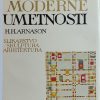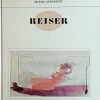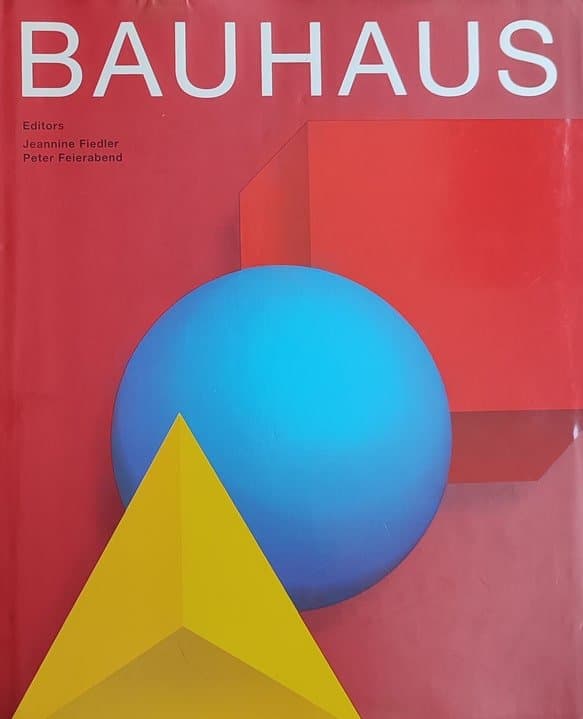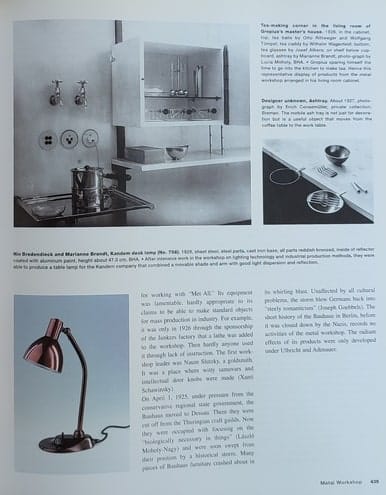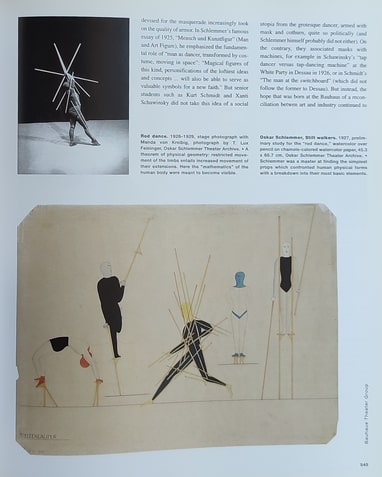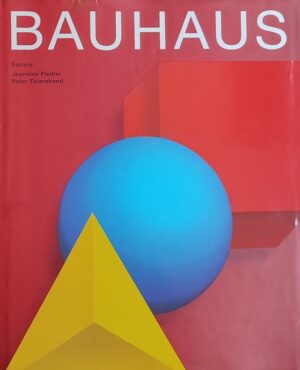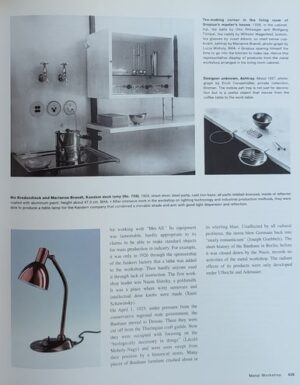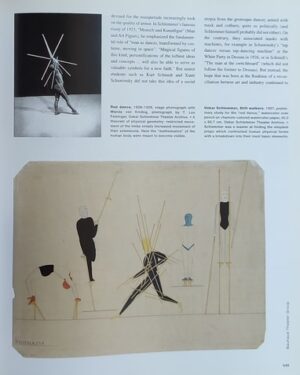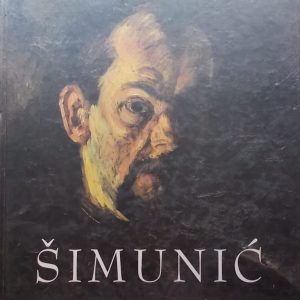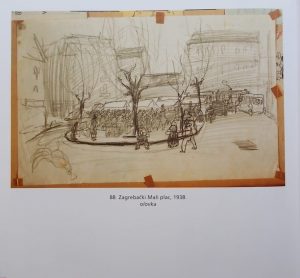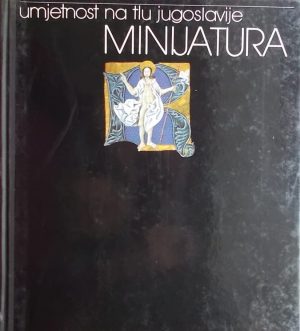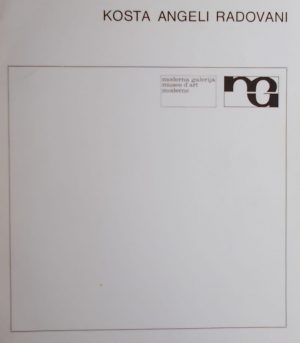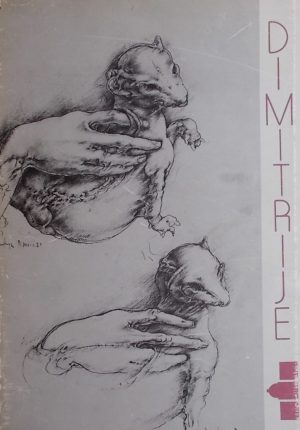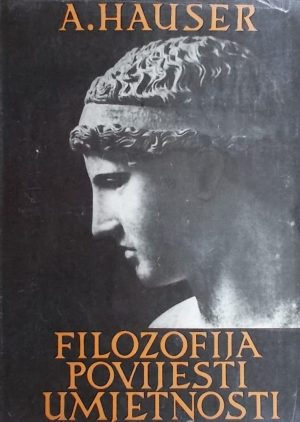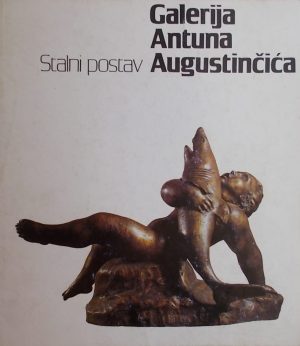Bauhaus
40.00 €
Autor: Jeannine Fiedler i Peter Feierabend
Izdavač: Könemann, Cologne
Godina izdanja: 2000.
Broj stranica: 639
Dimenzije: 25×30 cm
Uvez: tvrdi s ovitkom
Nema na zalihi
The dynamism of the Bauhaus still fascinates us today, 80 years after its foundation and brief 14-year existence. Researchers in art and cultural history continue to devote themselves to the Bauhaus institution with undiminished Interest, forever finding new questions to ask.
With its roots in the Arts and Crafts movement, Influenced by the German Werkbund and other reformist currents of thought, the Bauhaus was founded in 1919 and rapidly became known far beyond the borders of Germany, not least as a result of its great exhibition of 1923, launched under the slogan “Art and Technology a New Unity.” Particularly exciting was the school’s famous preliminary course and a pedagogic concept which proposed an incisive blend of practical work and theoretical teaching. Under the Weimar Republic the Bauhaus became the focus of a radical modern way of life, the catalyst of a completely new aproach to living. Its achieve- ment was to bring together anti-academic attitudes and harness them in an unconventional manner to the aims of the school. Its new-style approach to communal living, experiments in free love, the individual’s quest for personal physical identity and highly imaginative parties were measures of the mood of the day at the Bauhaus, reflecting its delight in experimentation.
This comprehensively illustrated book, containing images that have never been published before, examines all the relevant academic questions and casts light on a multitude of different aspects of the movement. As such it will appeal alike to all readers with an interest in art as well as to those who know and love the Bauhaus. Its pages reveal the multifaceted features of the Bauhaus complex. The first chapters provide an insight into the historical, philosophical, political and pedagogic environment at the time the school came into existence. When the Bauhaus finally closed in Berlin in 1933, many of its innovative teaching methods were taken over by its successor institutions: at Black Mountain College, the New Bauhaus and at the Design School in Ulm. The richly illustrated section “Everyday Life” assesses for the first time the human contribution to the Bauhaus phenomenon. In addition, Individual chapters are devoted here to the doctrine of Mazdaznan, to music at the Bauhaus and its much-loved parties.
Povezani proizvodi
LIKOVNA UMJETNOST
LIKOVNA UMJETNOST
LIKOVNA UMJETNOST
LIKOVNA UMJETNOST
LIKOVNA UMJETNOST
LIKOVNA UMJETNOST
LIKOVNA UMJETNOST
LIKOVNA UMJETNOST

